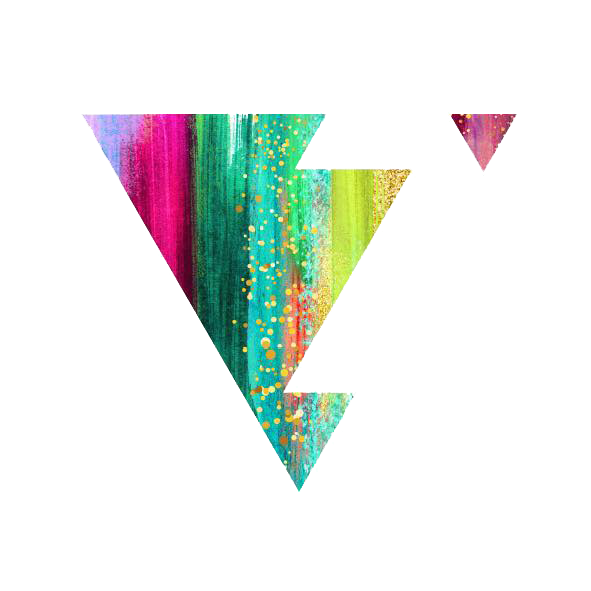Photography has drastically evolved from its early days, changing how we capture moments and telling stories. From film cameras to digital innovations, advancements in technology have transformed both the craft and industry. In this post, we’ll explore photography’s evolution and how modern technology has shaped the way we take photos.
The Early Days of Photography: Film and Traditional Methods
Photography began in the 19th century with the daguerreotype, which produced a single image on a metal plate. This was followed by film photography, which allowed multiple copies of images to be produced from negatives. For much of the 20th century, film was the dominant medium, offering photographers a way to capture memories but with certain limitations.


The Rise of Digital Photography
Digital cameras, which emerged in the late 20th century, revolutionized the industry. Unlike film, digital cameras use electronic sensors to capture images as digital files. This allowed photographers to instantly preview their shots, adjust settings, and store thousands of images on a memory card. As technology advanced, digital cameras began to offer better image quality and features like autofocus and built-in flash, making photography more accessible to everyone.
The Impact of Smartphones
The rise of smartphones with built-in cameras marked a major shift in photography. With the release of the iPhone in 2007, mobile photography took off, offering high-quality images and easy editing. Today, smartphones have become the most popular tool for taking photos, with advanced features like multiple lenses and AI-powered enhancements. Social media platforms have further fueled this trend, making photography accessible to millions.
The Future of Photography: AI and Computational Photography
The future of photography is driven by AI and computational photography. AI-powered cameras can automatically adjust settings for optimal shots, while computational photography merges multiple images to improve exposure and focus. Technologies like HDR and night mode help create stunning photos in low light, and innovations like drones and 360-degree cameras offer new perspectives.


